 Stretching is a fundamental part of fitness, but why do we skip it? Did you know that stretching makes you go further — faster, as well as prevent injury and common health problems like a hernia? You’re not alone in skipping stretching after exercise. Too many do and find themselves in agony. This post explores why stretching makes sense, and what happens if you don’t. Do you want to get fitter or start a healthier life? Read on to see how stretching is your way to get there.
Stretching is a fundamental part of fitness, but why do we skip it? Did you know that stretching makes you go further — faster, as well as prevent injury and common health problems like a hernia? You’re not alone in skipping stretching after exercise. Too many do and find themselves in agony. This post explores why stretching makes sense, and what happens if you don’t. Do you want to get fitter or start a healthier life? Read on to see how stretching is your way to get there.
Stretching: To Move or Not to Move
To move or not to move? This is the question of the ability to have a full range of motion. There is no age involved in fitness, just adoption of the body’s (and mind’s) ability to move.
To have a minimum level of fitness you need to move — every day. If you move less or remain sedentary, you will reduce your ability to touch your toes, or move your arm upwards without restraint. The flexibility deteriorates.
You can argue that weight gain is the first challenge when you move less, but I think that range of motion is the biggest hindrance to a full active life.
Let me be very clear here. Many disabled are far more flexible and athletic than so-called able-bodied individuals. The perceived lack of something has never been a hindrance to fitness. Are you fit?
Take a look at this physical activity pyramid and see where you stand.
Stretching: Flexibility Is One Of Five
Fitness is often thought of as the result of running, swimming, weightlifting, spinning or bicycling. These are just parts of what builds a fitter you.
There are five elements of fitness: flexibility, muscular strength, muscular endurance, cardiovascular/cardiorespiratory endurance, and body composition.
Four of the five are illustrated in this picture, and body composition is the resulting effect of fitness.
The fifth element is body composition which takes into account total body mass, muscle-to-fat ratio, and regional fat distribution. Your body composition is a health indicator and can reveal risk for heart disease and diabetes. Tip: Check out how to measure yours: Body Composition
BMI is often interpreted as the measurement of a healthy person. A more accurate assessment of health is leanness, i.e. the ratio of muscle to fat. Sufficient muscle mass is vital for the well-being of your bones and to keep your heart healthy. So rather than focusing solely on your weight, consider your muscle-to-fat ratio.
Your cardio and strength training workouts are great for building endurance and strength. Real fitness comes from a well-rounded routine of key move elements. And – more often than not do we forget one of the most important: Flexibility.
Stretching: Range of Motion
You need the flexibility to improve your performance in physical activities or decrease your risk of injuries. Through stretching, Pilates, and yoga you help your joints move through their full range of motion, and enable your muscles to work most effectively. You gain full fitness and prevent future health issues.
While you might not think a range of motion is important in your early 30’s – you will reap the full benefits of greater joint movement the older you get. Flexibility is also what prevents lower back pain, hernia and muscle injuries (read below!)
You gain flexibility by stretching, Pilates or yoga. The essential part of flexibility is to enable you to move freely without pain or limitation of motion. If you have been sedentary for some time, the best way to get back into fitness is to start with Pilates or Yoga – as your flexibility will improve – allowing you to then get into the other elements of fitness again.
Stretching improves your posture and flexibility. The greater range of motion in your joints helps your workout performance and everyday activities. Stretching is also a great stress reliever which therefore works to balance your mind as well your body.
Stretching: Risks and Benefits
If you’re a moderately fit person you have an exercise routine. You walk a great deal, go to the gym, enjoy the occasional run, and bicycle on weekends. Do you regard yourself as being in good form and tap yourself on the shoulder for a job well done when the workout routine is over?
But you do however skip stretching, right? You don’t think that this is part of a fitness must-do and tend to think that it takes too much time. Cardio and strength – that’s enough! Or is it?
Risks If You Don’t Stretch
After a while, you will feel a tweak in your lower back, and possibly overdo some lifting (a hernia?!). The pain becomes part of your perceived fitness and is even a ‘bit cool’ as if it’s a sign that you’re part of The Fit Club.
Little do you realize that skipping stretching is what causes the pain and the possible hernia you now have from over-lifting.
Every muscle is connected. Not stretching will only increase tightness in the body, allowing muscles to pull on joints, causing major pain.
Stretching should be done at the end of a workout. The warm-up will signal your body that it is time to move and should include jumps, fast walking, and active movements.
Stretching exercises need warm muscles to be effective. Give yourself 5 – 10 minutes to cool down after your session, and naturally cool you down. When you stretch, hold each stretch for 20 to 60 seconds and make sure not to bounce as this can tear muscles, and decrease flexibility.
10 Top Benefits of Stretching
Do you need more reasons to include stretching into your workout routine? Here are 10 convincing ones ( Source: American Council on Exercise (ACE) and fitday.com ) :
The First 5
- Decreases muscle stiffness and increases the range of motion, which may also slow the degeneration of the joints.
- Reduces your risk of injury as a flexible muscle is less likely to become injured by a slightly extensive movement. By increasing the range of motion in a particular joint through stretching, you may decrease the resistance on your muscles during various activities. This includes the risk of getting a hernia from lifting as muscles are more flexible.
- Relieves post-exercise aches and pains. After a hard workout, stretching the muscles will keep them loose and lessen a shortening and tightening effect that can lead to post-workout aches and pains.
- Improves posture. Stretching the muscles of the lower back, shoulders, and chest will help keep your back in better alignment and improve your posture.
- Reduces or manage stress. Well stretched muscles hold less tension and therefore, leave you feeling less stressed. The few minutes of stretching is also a time to think of ‘zero’ which takes the tension away.
… And 5 More
- Reduces muscular tension and enhances muscular relaxation. Stretching allows the muscles to relax. Habitually tense muscles tend to cut off their own circulation resulting in a lack of oxygen and essential nutrients.
- Improves mechanical efficiency and overall functional performance. Since a flexible joint requires less energy to move through a wider range of motion, a flexible body improves overall performance by creating more energy-efficient movements.
- Promotes a long, lean physique which is sometimes known as the Pilates look.
- Improves circulation. Stretching increases blood supply to the muscles and joints which allow for greater nutrient transportation and improves the circulation of blood through the entire body.
- Decreases the risk of low-back pain. Flexibility in the hamstrings, hip flexors, and muscles attached to the pelvis relieves stress on the lumbar spine which in turn reduces the risk of low-back pain.
Tips: Here are some basic stretching exercises selected from around the web:
- A Guide To Basic Stretches – Mayo Clinic
- 6 Full-Body Stretching Exercises – Real Simple
- Stretching Exercises and Workouts – BodyBuilding.com
Stretching: Full Fitness and Flexibility
Fitness is so much more than cardiovascular or muscular strength or the way you look. Real fitness means that you have freedom of movement, and can participate in your everyday activities without hindrance or pain.
You can walk, carry your shopping, and take part in sports activities. Health is real wealth, and preventing pain, or ability to move later on in life, starts with flexibility exercises. If you have been sitting down a bit much, or feel stuck in a stressful situation of a job — your best relief is to start with Pilates or Yoga. The slow movements will build you up, increase flexibility and add to both body and mind health.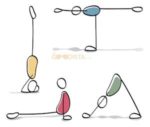
Flexibility is one of five essential elements of fitness, so don’t skip it. You need all five elements to truly be fit. And – do take the help of recovery food and nurture your body into further health.
My journey into lifestyle change started with walks and Pilates. By walking into healthy habits I also added the joy of real freedom of movement.
My choice to feel good started from a decision to change. Do you choose to change? You can by tweaking small everyday activities. For instance, you can decide to do a daily morning walk and stretch afterward:).
If you want inspiration to lifestyle changes you can do subscribe to The GOODista, and get updates and more into your inbox every week.
Recommended and Related:
- Stretching 101 – About Health
- What Happens To Your Body If You Don’t Stretch – Women’s Running
- Hernia and Stretching – strechcoach.com
- Pro Tips: Stretch or Die – Men’s Fitness
Do You Stretch After Exercise? Please Comment or Share:




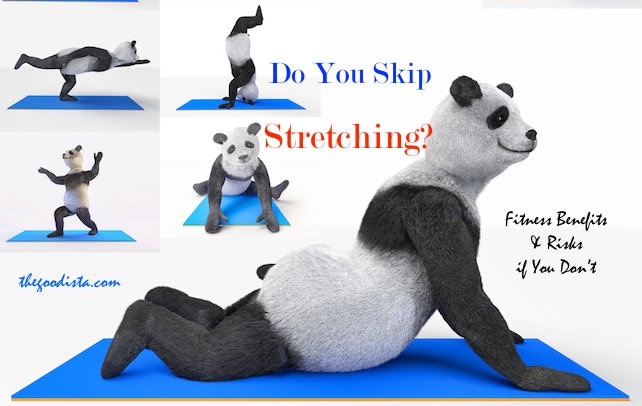
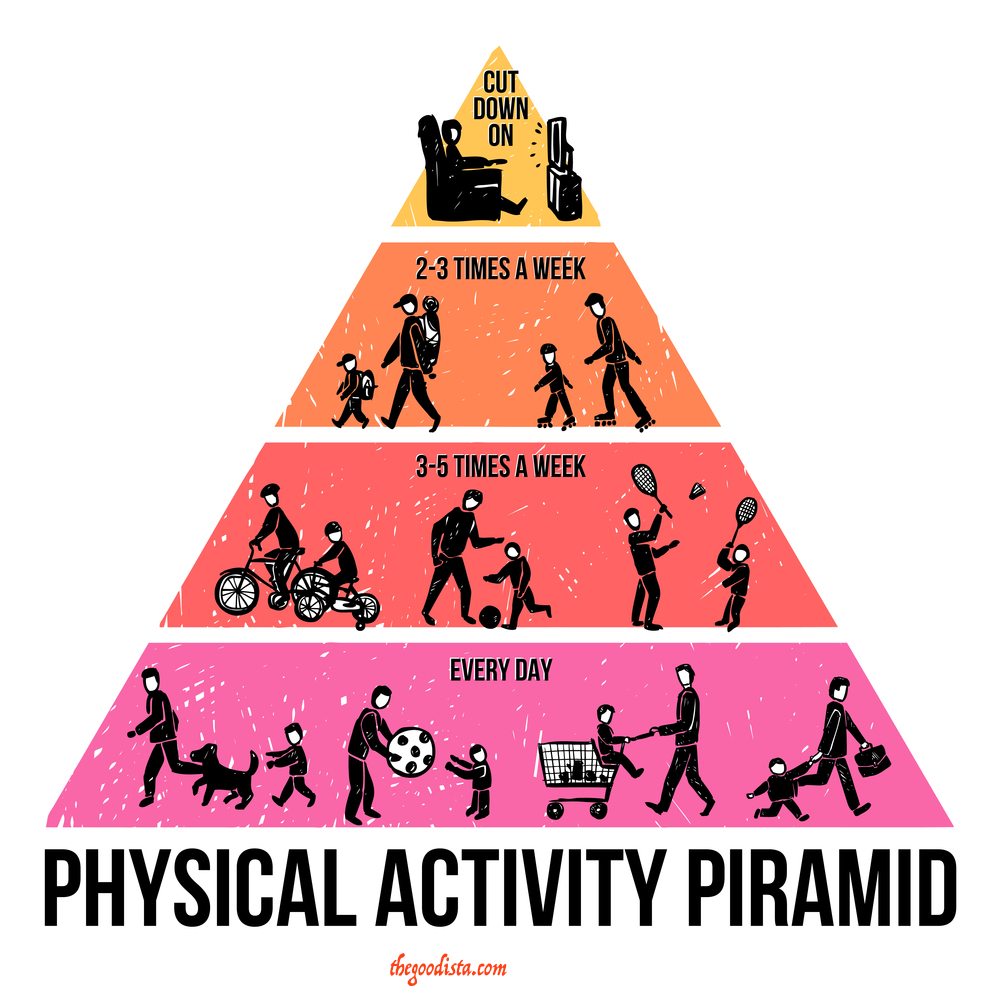
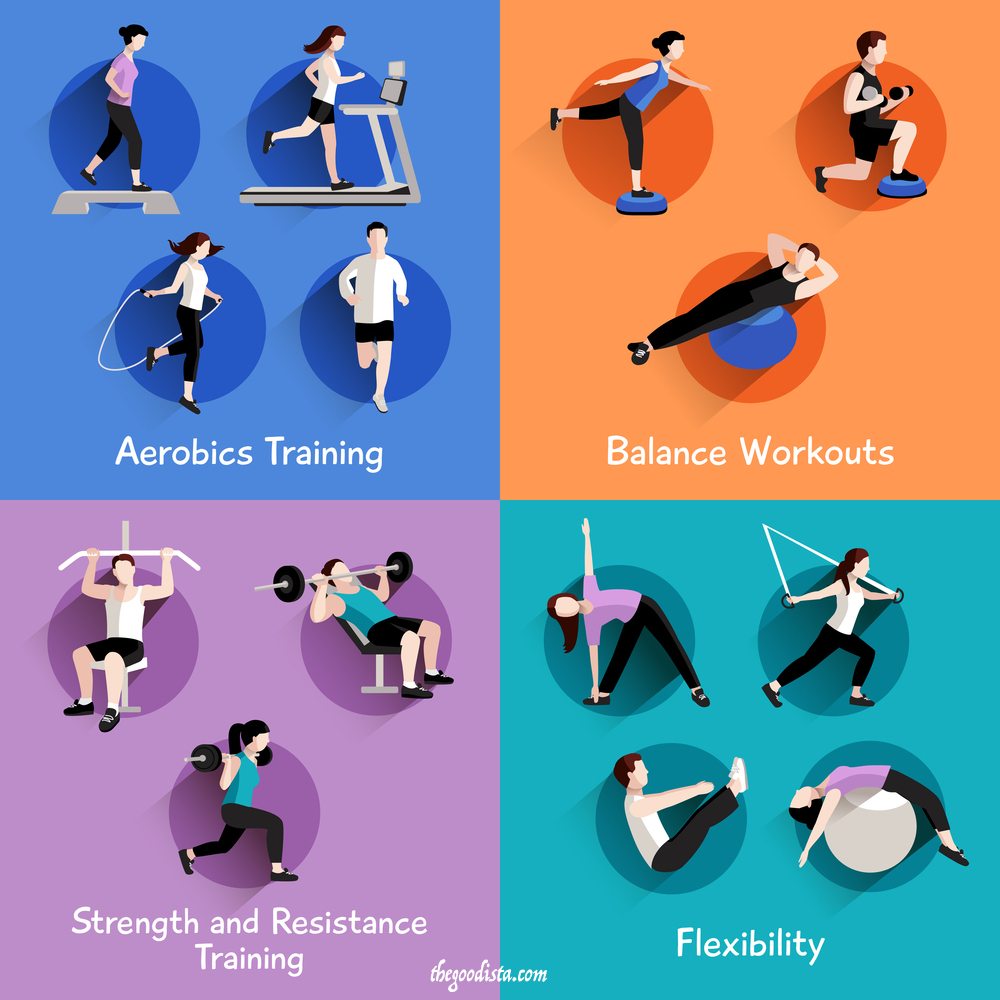



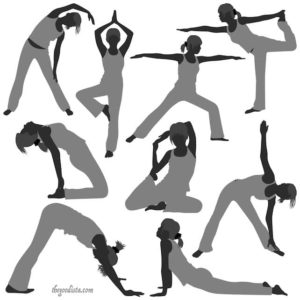



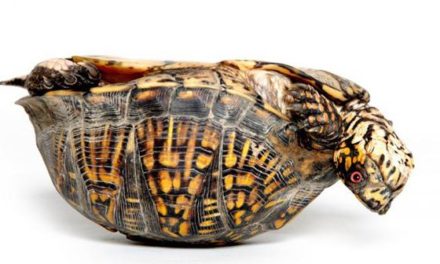
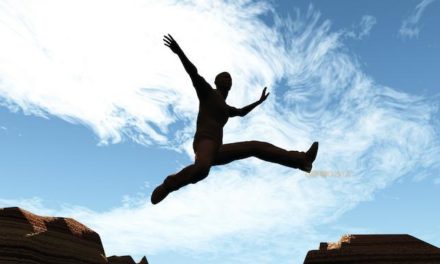

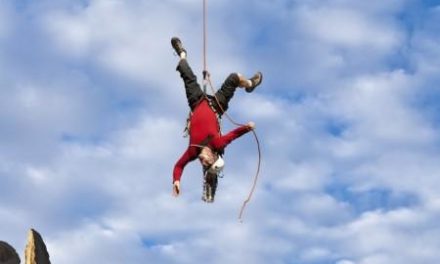

From next week i’m gonna lose weight. Summer is comming girls!
Who starts with me?
Wonderful illustrations, and such good advice, thank you! I do value my daily walks, my early morning stretching and my Pilates. I realize I need to add strength training, followed by stretching.
Sincere thanks!
Glad you got inspired to start strength training and stretching. You daily exercise routine sounds superb and will certainly keep you in great shape — stretching take this one step further 🙂